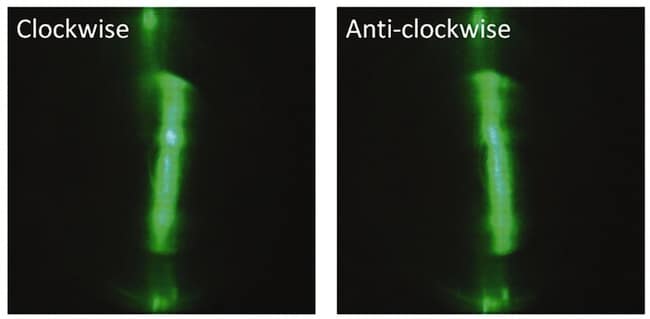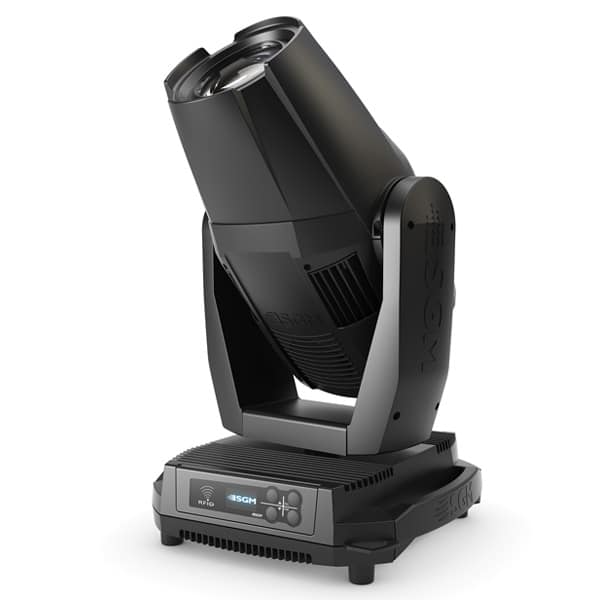
I wrote an article about a paper I read in the journal Science a few weeks ago – the article was about Rotary Photon Drag Enhanced by A Slow Light Medium. I got two handfuls of emails about the article, so I got in contact with one of the original paper’s editors, Sonja Franke-Arnold. When you have questions, it’s best to go to the source!
JimOnLight.com: Hi Sonja, welcome to JimOnLight.com! I’m very interested in your research, and we’ve gotten a lot of interesting response to the post I wrote on your paper, “Rotary Photon Drag Enhanced by a Slow-Light Medium.” Can you take a moment and give us a bare-bones layperson’s look at what you and your team has discovered? What exactly has happened here in your experiment?
Sonja Franke-Arnold: We were wondering how the world looks like through a spinning window! About 200 years ago Augustin-Jean Fresnel predicted that light can be dragged if it travels through a moving medium. If you were to spin a window faster and faster, the image would actually be slightly rotated as the light is dragged along with the window. However, this effect is normally only some millionth of a degree and imperceptible to the eye.
We managed to increase the image rotation by a factor of about a million to an easily noticeable rotation of up to 5 degrees. This happened by slowing the light down to roughly the speed of sound during its passage through the “window” (in fact a ruby crystal). The light therefore spent a longer time in the ruby rod and could be dragged far enough to result in an observable image rotation.
JimOnLight.com: Can you explain the significance of the wavelength of light you used? Why was 532nm (green) used for the experiment?
Sonja Franke-Arnold: This wavelength excites a transition within the ruby crystal (the same that is also used in ruby lasers). Light at 532nm is absorbed and excites an atomic level with a very long (20 millisecond) lifetime. This allows to “store” the energy of the photon as an internal excitation of the rotating ruby crystal — generating slow light.
JimOnLight.com: Tell me about the significance of the shape of the coherent beam in the experiment – was the shaped beam simply to observe a change in the image, or was a different purpose considered?
Sonja Franke-Arnold: We used an elliptical light beam for two reasons, one of these is to define the image rotation angle as you suggested. The elliptical beam travelling through the spinning ruby rod however also plays an important part in making the slow light itself: At any particular position of the ruby, the elliptical light — spinning with respect to the ruby — looks like an intensity modulation. The varying intensity produces a large refractive index of about one million which slows the light down from the speed of light to roughly the speed of sound — a method pioneered by our co-worker Robert Boyd.
JimOnLight.com: Could you give a few examples of uses for this discovery? How can the general populous relate to what this discovery really means for light and photonics?
Sonja Franke-Arnold: For me, the main highlight was that we managed to observe a 200 year old puzzle — that images are indeed dragged along with rotating windows. We are now working on possible applications in quantum information processing: our image rotation preserves not only the intensity but also the phase of the light and could therefore be used to store and rotate quantum images. Access to the angle of an image could allow a new form of image coding protocol.
Thanks so much, Sonja! Very cool paper for those of us nerds out here!




